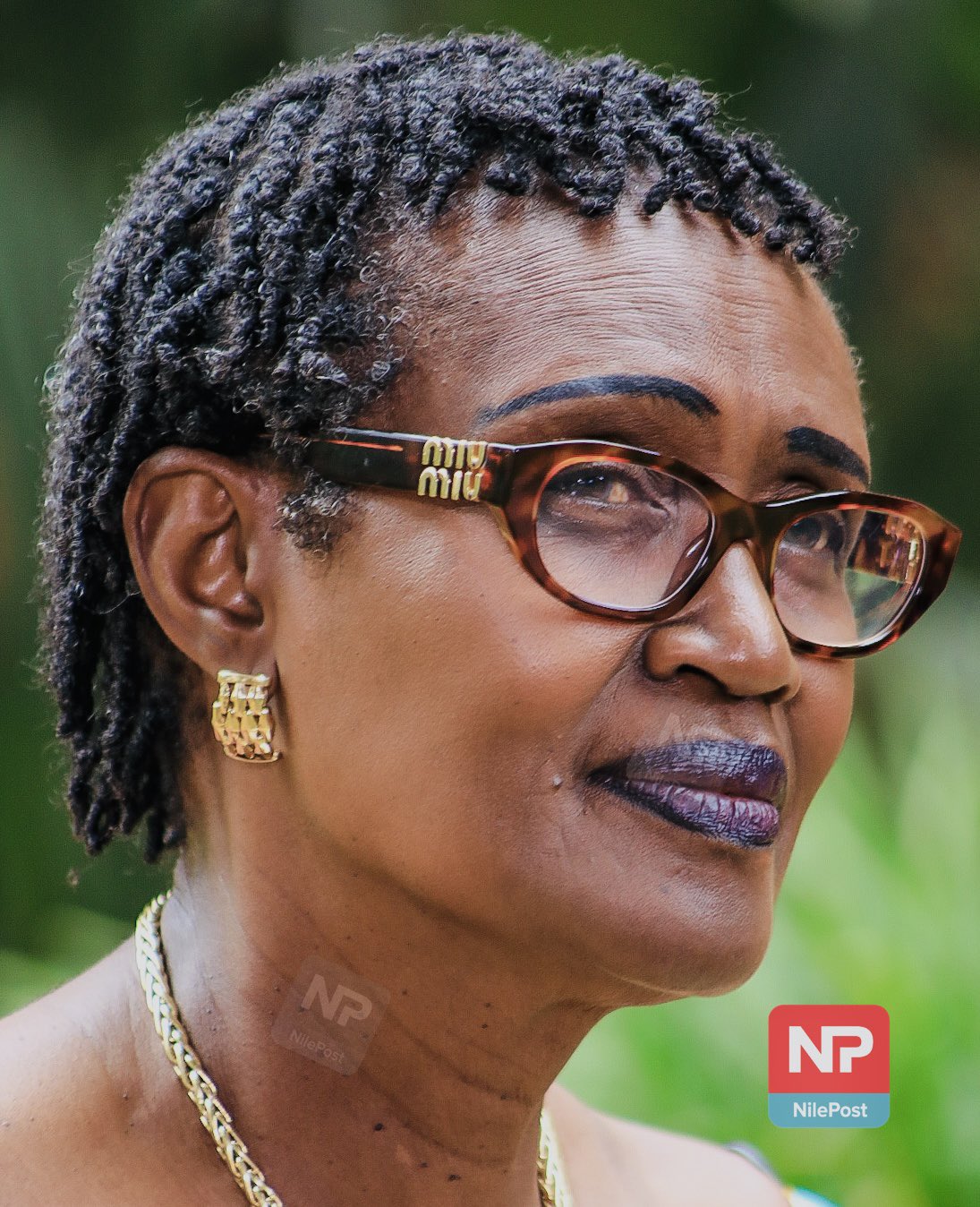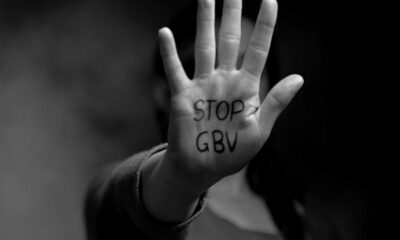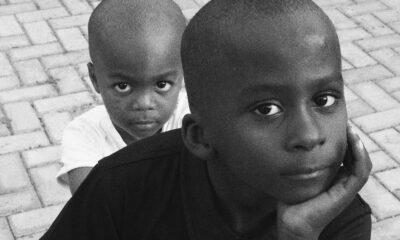The hard-won gains in the global fight against HIV, achieved through decades of scientific advancement and relentless community work, are on the brink of unraveling. A new report from UNAIDS delivers a stark warning ahead of World AIDS Day 2025: a devastating funding crisis is dismantling essential services and putting millions of lives at risk.
The report, titled Overcoming Disruption, Transforming the AIDS Response, highlights a catastrophic drop in international health assistance, with predictions of a 40% reduction by 2025 compared to 2023 levels. This isn’t just a budgetary shortfall; it’s a human catastrophe in the making.
“The funding crisis has exposed the fragility of the progress we fought so hard to achieve,” stated Winnie Byanyima, Executive Director of UNAIDS. Behind the statistics are real people: children missing vital screenings, young women losing access to prevention, and entire communities being abandoned.
Prevention Programs Hit Hardest
The first and most brutal casualties of this financial collapse are the prevention services that form the bedrock of HIV control. Access to life-saving tools like pre-exposure prophylaxis (PrEP) is being abruptly cut. Programs for voluntary medical male circumcision have plummeted. Crucially, initiatives specifically designed to protect young women and girlsa demographic that saw over 570 new infections every day in 2024are being dismantled, stripping them of essential health and protection services.
The community-led organizations that have been the backbone of the response, reaching the most marginalized populations, are now crumbling. A recent survey found that over 60% of women-led organizations have been forced to suspend their programs, severing a lifeline for sex workers, people who inject drugs, the LGBTQ+ community, and other key groups.
A Perfect Storm of Setbacks
This funding freefall coincides with a dangerous regression in human rights. For the first time since UNAIDS began tracking in 2008, 2025 has seen an increase in laws criminalizing same-sex sexual activity and gender expression. These laws drive vulnerable people away from the very health services they need, creating a perfect storm that fuels the epidemic’s spread.
If current trends continue, the world is on track to see a devastating 3.3 million new HIV infections between 2025 and 2030.
Glimmers of Hope and a Call to Action
Despite the bleak outlook, there are sparks of resilience. Countries like Nigeria, South Africa, and Tanzania are pledging to increase their own domestic funding for HIV services. Innovations in prevention technology are emerging, and new partnerships promise to slash the cost of vital medications.
But these efforts cannot replace a coordinated global commitment. As World AIDS Day approaches, UNAIDS is issuing an urgent call to action for global leaders to recommit to solidarity and multilateralism.
“We know what workswe have the science, tools, and proven strategies,” emphasized Byanyima. “What we need now is political courage.”
The world stands at a crossroads. One path leads to the disintegration of decades of progress. The other requires the political will to invest in communities, uphold human rights, and recognize health as a fundamental human right. The choice made today will dictate the survival of millions tomorrow.




























